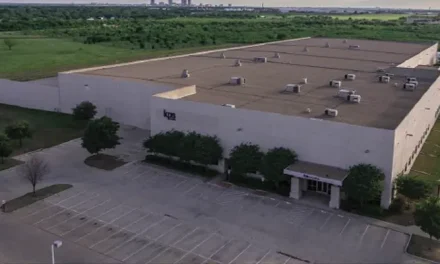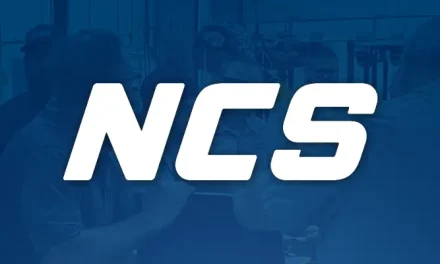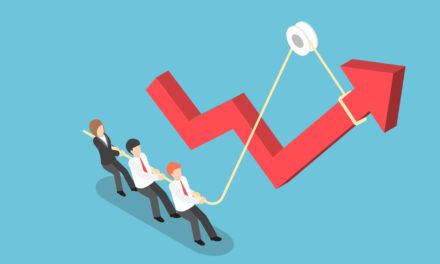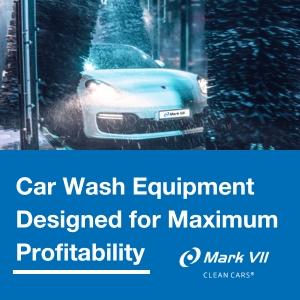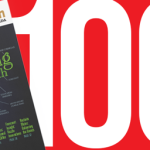
Canada’s Vaping Excise Tax: A look at the New Regime
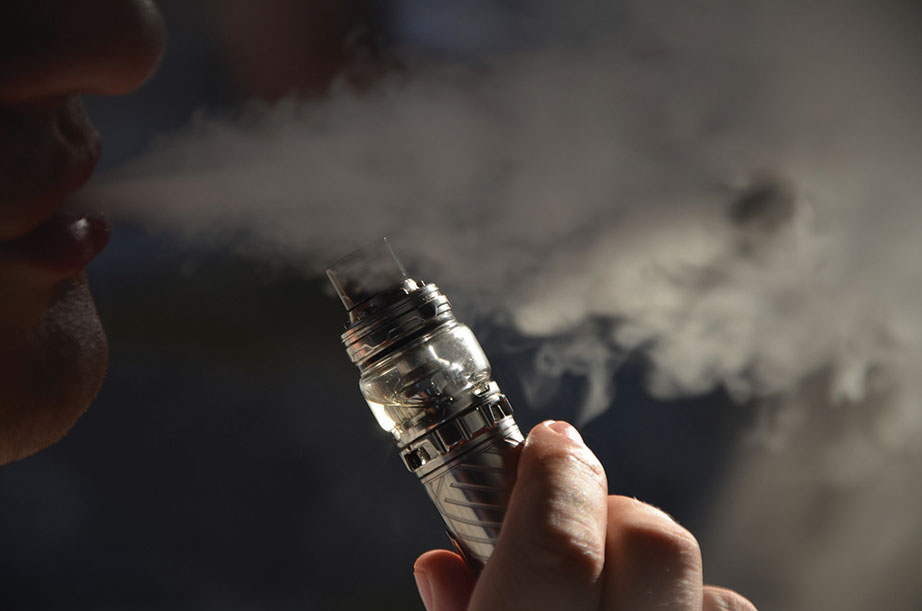
By Tania Moffat
This past January, Canada toughened its stance on vaping by applying a punitive excise tax on vape products. While it still costs less to vape than to smoke cigarettes, the tax has strained consumers and stirred up concerns with retailers.
Under the new regulations, manufacturers and importers must be licensed with the Canada Revenue Agency and products must be labeled with an excise stamp as proof that duty has been paid. The tax, already included in the item’s price, is applied on e-liquids, disposable vapes, pre-filled systems, and DIY products used to make e-juice at a rate of $1.00 per two ml/g or fraction thereof for the first 10 ml/g and $1.00 for every additional 10 ml/g regardless of nicotine content. For example, the cost of 30 ml of e-liquid has increased by $7.
Ramifications for retailers
Readying stores to implement the new excise tax was not without its challenges. For retailers, it meant clearing out unregulated stock from their shelves by the end of 2022, investing in new inventory, and dealing with supply chain issues.
“Products were unavailable, so at times, we did not have the required inventory. Plus, we had products that needed to be returned or disposed of, adding extra work at each of our locations,” says Scott Sibbet, vice president of retail operations for GasKing in Alberta.
While Sibbet feels their sales have shown a modest decline since the excise tax was implemented, Skip Millan, category director at Canco Petroleum in British Columbia, believes the market has stabilized. “Consumers felt the effects, but the market has settled down, and our sale volumes continue to be healthy,” says Millan.
Gino Vecia, vice president of sales at Hasty Market Corp, shares his insight into the issue in Ontario. “Customers realize it was the government that increased the price. Sales are still healthy. Our dollar sales are up because of the tax, but we are also seeing more people entering the store making purchases,” he adds.
Impacts on consumers
Although sales have stabilized, some manufacturers and retailers worry that the tax sends mixed messages to consumers and could have adverse farther-reaching effects on the market.
“We are not against taxation but believe vaping should be more affordable than smoking. Health Canada recently recognized that switching to vaping is less harmful than continuing to smoke cigarettes. Adult smokers should be encouraged to switch to vaping, and the price can be a difference maker,” says Steve Pinard, vice president of marketing for Imperial Tobacco Canada.
“The federal government, with its new excise tax, not only further increases the overall price of vapour products but also invites the provinces to join the excise duty framework through an excise tax of their own at a matched rate. This means that for the provinces that opt into the harmonized excise tax framework, there will be an additional excise shock to consumers,” he adds.
Quebec is the only province so far to join the new harmonized excise tax, however British Columbia, Nova Scotia, Saskatchewan, Newfoundland and Labrador all had pre-existing provincial vape taxes.
“In Quebec, prices of some vapour products have risen by over $20, in some cases doubling the costs. I think that adult nicotine consumers will turn to the unregulated and untaxed black market with prices like this. Taxation can be a slippery slope. It is a quick cash grab by governments that are not looking at the long-term consequences like increase in illegal sales and ultimately lower excise revenues,” explains Pinard.
Other areas of concern
It’s no secret that concerns around youth vaping statistics and pressure from health and special interest groups helped pressure the government into action. Although it is illegal to sell vape products to anyone under the age of 18 anywhere in Canada, underage vaping statistics remain troubling. Teens, by nature, are drawn to experimentation and limiting their access to products is the most effective way to decrease their use. Increased costs to consumers could fuel the contraband market which would make keeping these products out of the hands of teens even more complex.
Industry insiders are also concerned about a national product ban on flavours, something that a few provincial governments have enacted as another means to discourage youth vaping. This move would have a much more significant impact on the industry.
“With growing regulatory threats, the voice of the convenience industry is crucial in ensuring vapour products remain available in all retail channels, unlike in B.C. and Ontario where vaping products are sold in adult-only locations, providing a disadvantage to convenience stores. By demonstrating they are responsible and doing everything they can to limit youth access to vaping products, retailers can play a big part in limiting over-regulation of this category,” says Pinard.
For now, the sector has stabilized under the new tax regime. Whether it will be an effective measure to reduce youth vaping statistics, have any long-term impact on converting smokers to vaping or even be an overall benefit to society remains to be seen.
Tania Moffat is a writer, editor and photographer. You can view her work or contact her at www.chiccountrylife.com.

